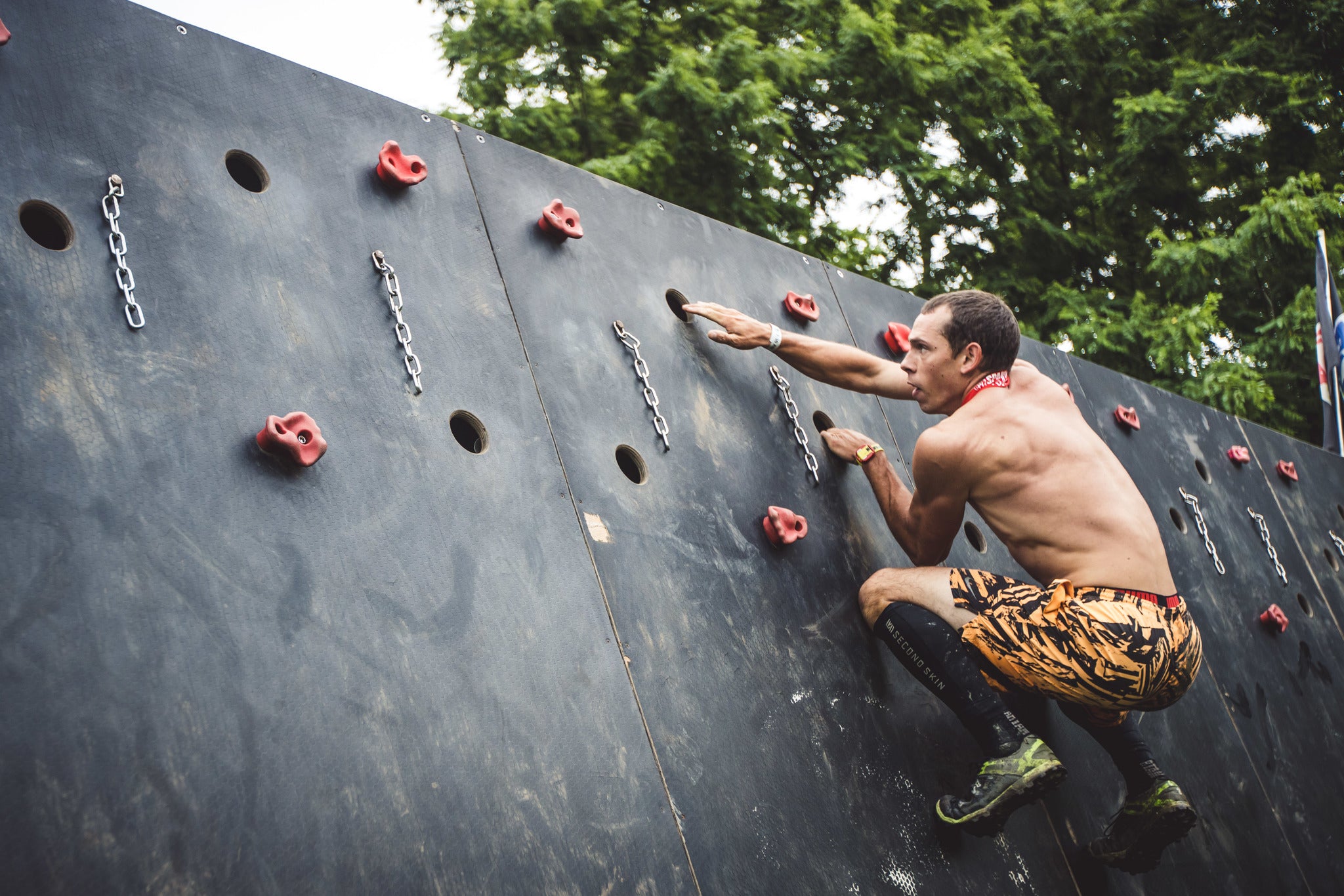Ultimate Toe Mobility Exercises for Enhanced Athletic Performance

In Anatomy of a Spartan, a Spartan Training franchise, we’re taking a joint-by-joint approach to prehab. The result? An unbreakable body. Below, we take a closer look at the toes.
Toe training might not seem like the toughest form of strength work, but Spartans would be wise to include it in their routines.
“The toes are the number one thing people leave behind in their training,” Chris Hinshaw, a top endurance coach who has worked with more than 30 CrossFit Games champions, says. “That puts you at a real disadvantage.”
Related:
After all, the main responsibility of your toes is to support strong posture, ground-up balance and stability, and help power your gait cycle.
“Not only do your toes help thrust your body forward when you walk, they actually help increase the length of your stride allowing you to run faster,” Miguel Cunha, DPM, board-certified podiatric surgeon and founder of Gotham Footcare in New York City, explains.
That effect is even greater when you consider that a host of toe muscles and tendons extend all of the way into the arch of the foot, forming your elastic-energy powerhouse. Research suggests that the kinetic energy stored — and then released — through the foot’s spring-like arch contributes 8-17% of a running stride’s mechanical energy. Meanwhile, one 2018 Journal of Human Kinetics study found that athletes can significantly improve change-of-direction skills and speed by strengthening the toe muscles.
Again, push-off is critical, whether you’re running uphill, dragging a plate, flipping tires, or zig-zagging from one obstacle to the next.
The Benefits of Working Toe Strength

From a prehab standpoint, dedicated toe work can also help slash the risk of injury to your feet, lower, and even upper body during training and racing.
“It’s the strength of your toes that controls any shifts of body weight, like when you’re navigating uneven terrain on a trail” Hinshaw says.
Related: Anatomy of a Spartan: Make Your Ankles Unbreakable
He explains that when the toes don’t have the strength or endurance necessary to do that job, athletes begin to shift their weight onto the insides or outsides of the feet, often getting into either a pigeon-toed or a duck-footed stance. Neither is good, and both can lead to postural and muscle-compensation issues up the kinetic chain.
The good news about training toe strength is that it’s easy.
“It’s almost so simple that people won’t do it,” Hinshaw says. “They would rather do some trendy or hardcore therapy like get cupped or needled.”
8 Exercises to Improve Toe Mobility

Here are eight toe-strengthening strategies that will help you take your performance and injury prevention to the next level. Make it a goal to implement one or two every day — during your workouts, before bed, or when you’re sitting in front of the computer.
1. Short-Foot Drill
Sit in a chair with bare feet on the floor. Holding your heel in place, contract your arch to draw the balls of your feet toward your heels, keeping them in contact with the floor at all times. Your foot should shorten as your arch heightens. This might feel impossible at first, but it’s important to learn how to consciously control the muscles that extend from the toes into the arches, Hinshaw says. Work up to 10 to 12 reps.
2. Toe Crunch
To strengthen the toe flexors, Cunha recommends sitting in a chair with bare feet on the floor. Place a towel, pencils, or other small objects on the floor. Keeping your heels in place, lift your front of your feet, grab the object with your toes, and lift or “crunch” it up. Relax your toes and repeat for a total of 10 to 12 reps.
3. Toe Splay
You know you need lateral movement in your lower-body routine, and that includes your toes. Sit in a chair with bare feet on the floor. Keeping your feet against the floor and toes as close to the floor as possible, contract your arch to draw the balls of your feet toward your heels. Spread your toes as far apart from each other as possible and hold. Do 10 to 12 reps, working up to 5- to 8-second holds.
4. Toe Separators
These admittedly look cheesy and a little gimmicky, but they do have their value. They teach you what it should feel like when you actually have your toes splayed. They help create some range-of-motion motor memory, Hinshaw says. Try wearing these when working on the computer or lying in bed (a.k.a. not when you’re walking around). Start with five minutes at a time and gradually work your way up as is comfortable.
5. Independent Toe Extensions
There’s a reason you have five toes per foot, Cunha says. Learn to use them that way. Sit in a chair with bare feet on the floor. Keeping your lesser toes on the floor, raise your big toes as high as possible, pause, tap your big toe to the floor. Repeat the exercise with your big toe on the floor, lifting your lesser toes as high as possible. Do 10 to 12 reps of each motion. You can start doing one foot at a time and progress to working both feet at the same time.
6. Toe Rolls
A progression of independent toe extensions, this drill further improves your ability to control and move each toe independently from the others. Stand barefoot on a flat surface and place a hand on a sturdy object for balance if needed. Lift all of your toes together off of the floor, then roll them down one at a time from one direction to the other and then back again. Repeat this movement 10 to 12 times in both directions. You can start doing one foot at a time and progress to working both feet at the same time.
7. Barefoot Skips
Hinshaw likes to have his athletes perform these at the end of their workouts to build strength in the toes and learn what it feels like to actively harness the toes when they’re running or walking. With bare feet, skip 10 meters, turn around, and walk back to start, focusing on engaging your toes through full flexion and extension. Repeat for three rounds.
8. Toe Calf Raises
You know who has battle-ready toes? Ballerinas. Take a cue from them. Stand barefoot on a flat surface and place a hand on a sturdy object for balance if needed. Raise your heels from the floor, then extend your toes to raise as far onto the ends of your toes as possible. Pause, then lower the balls of your feet, then your heels, to the floor. Do 10 to 12 total reps.










